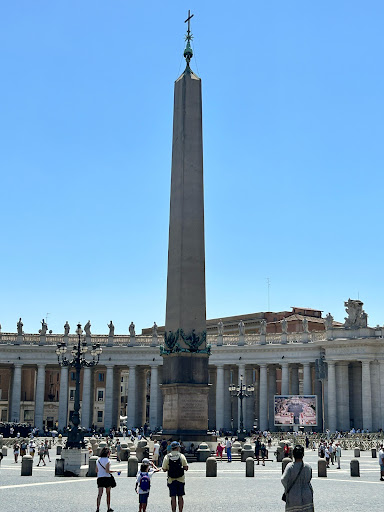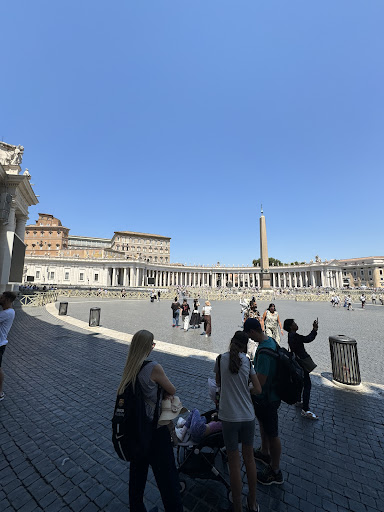St. Peter Square Obelisk things to do, attractions, restaurants, events info and trip planning
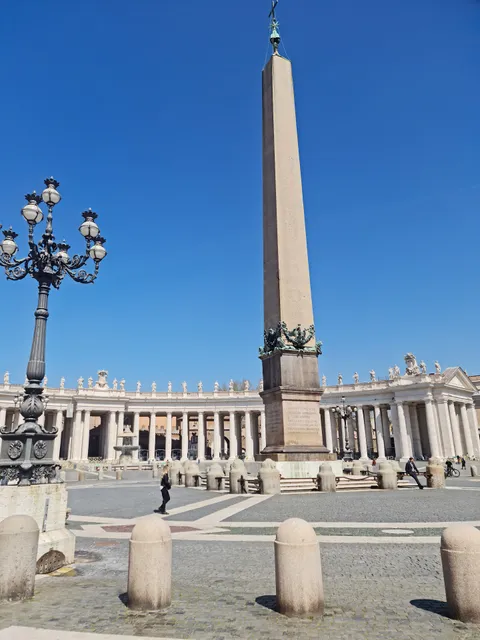
Vatican CitySt. Peter Square Obelisk
Basic Info
St. Peter Square Obelisk
Piazza San Pietro, 00120 Città del Vaticano, Vatican City
4.8(4.8K)
Open until 12:00 AM
Save
spot
spot
Ratings & Description
Info
Cultural
Scenic
Accessibility
Family friendly
attractions: Saint Peter's Square, St. Peter's Basilica, Sistine Chapel, Bernini Fountain, Maderno Fountain, Apostolic Palace, Chiesa di Sant'Anna dei Palafrenieri, Vatican Museums, Paul VI Hall, La Pietà di Michelangelo, restaurants: Ristorante Pizzeria Castello, Ristorante Da Marcello, Ristorante Pizzeria Marcantonio, Scialla The Original Street Food, Ristorante Arlù, Satiricus Ristorante Pizzeria, Pizza Zizza, Pastasciutta, Ristorante Trattoria Da Marcella, Restaurant "La Vittoria"
 Learn more insights from Wanderboat AI.
Learn more insights from Wanderboat AI.Website
vatikan.su
Open hoursSee all hours
SunClosedOpen
Plan your stay

Pet-friendly Hotels in Vatican City
Find a cozy hotel nearby and make it a full experience.

Affordable Hotels in Vatican City
Find a cozy hotel nearby and make it a full experience.

The Coolest Hotels You Haven't Heard Of (Yet)
Find a cozy hotel nearby and make it a full experience.

Trending Stays Worth the Hype in Vatican City
Find a cozy hotel nearby and make it a full experience.
Reviews
Nearby attractions of St. Peter Square Obelisk
Saint Peter's Square
St. Peter's Basilica
Sistine Chapel
Bernini Fountain
Maderno Fountain
Apostolic Palace
Chiesa di Sant'Anna dei Palafrenieri
Vatican Museums
Paul VI Hall
La Pietà di Michelangelo
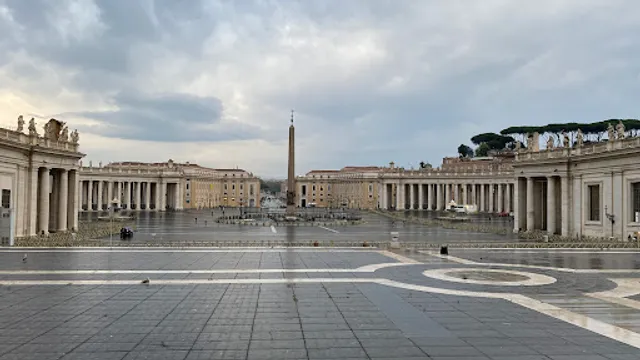
Saint Peter's Square
4.8
(15.8K)
Open until 4:30 PM
Click for details
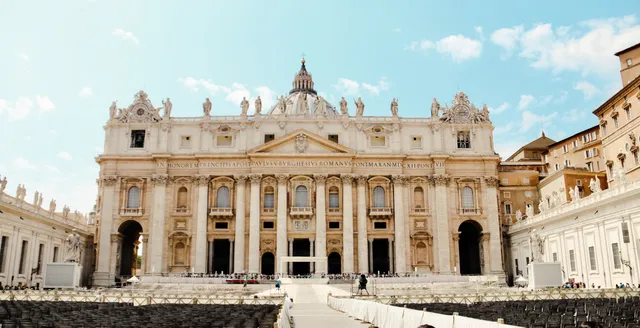
St. Peter's Basilica
4.8
(51.8K)
Open until 7:10 PM
Click for details
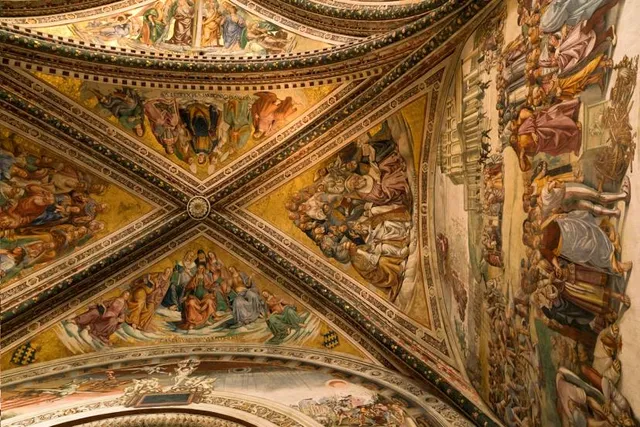
Sistine Chapel
4.7
(29.4K)
Open 24 hours
Click for details
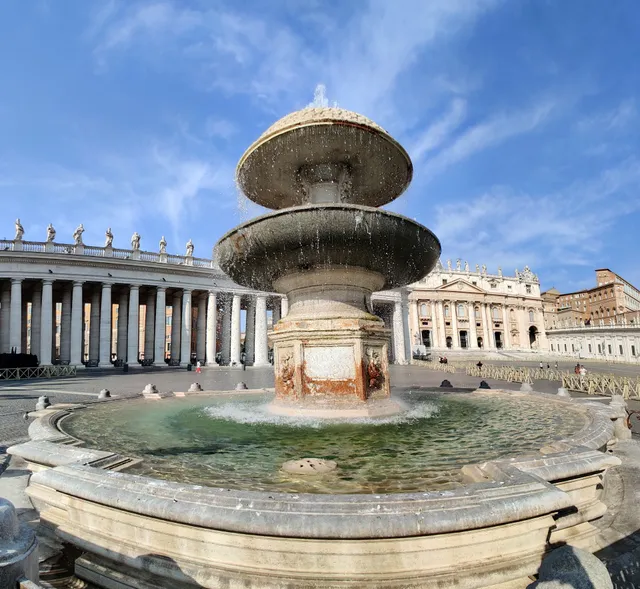
Bernini Fountain
4.7
(295)
Open until 12:00 AM
Click for details
Things to do nearby
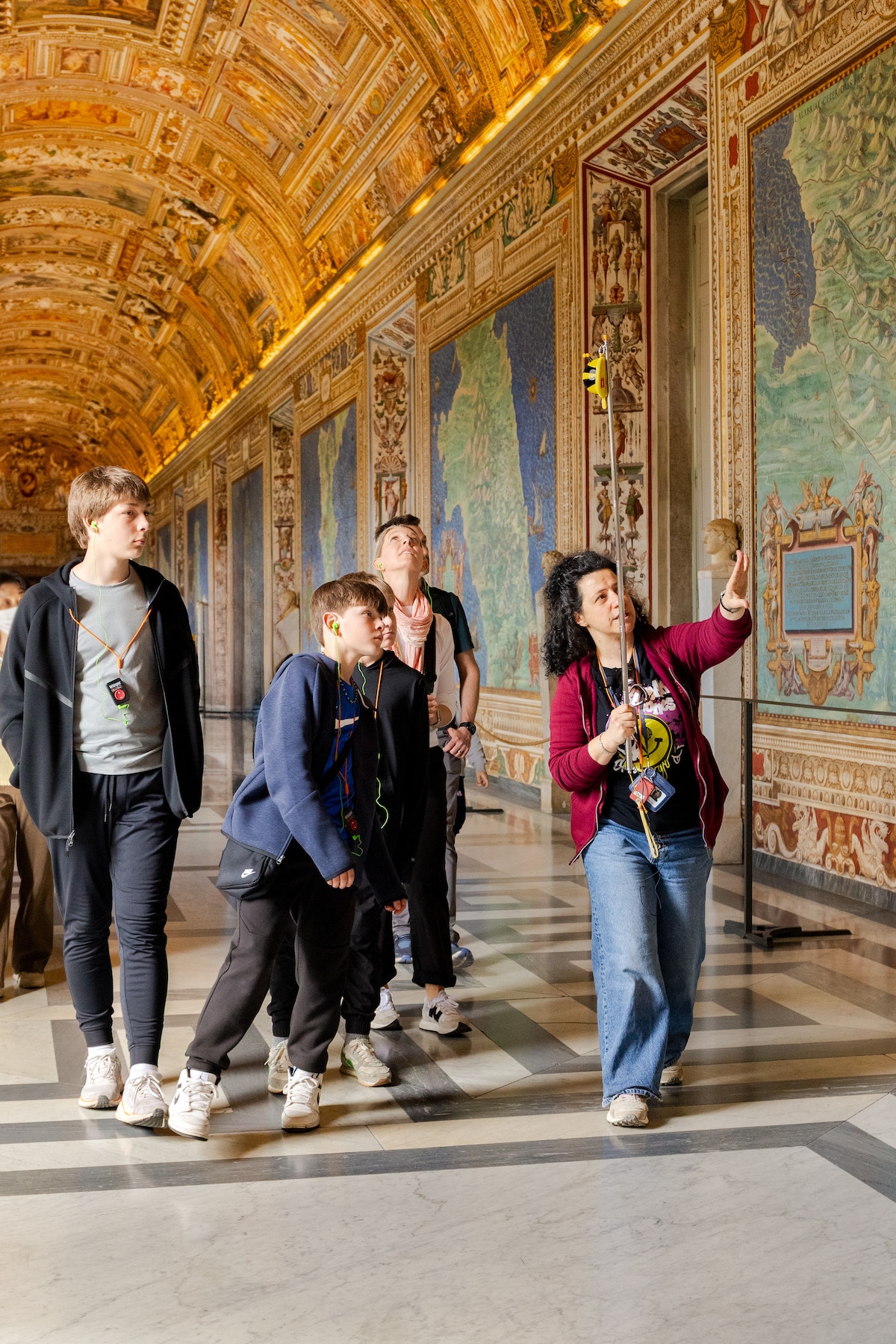
See behind-the-scenes at the Vatican
Mon, Jan 12 • 9:15 AM
00192, Rome, Lazio, Italy
View details
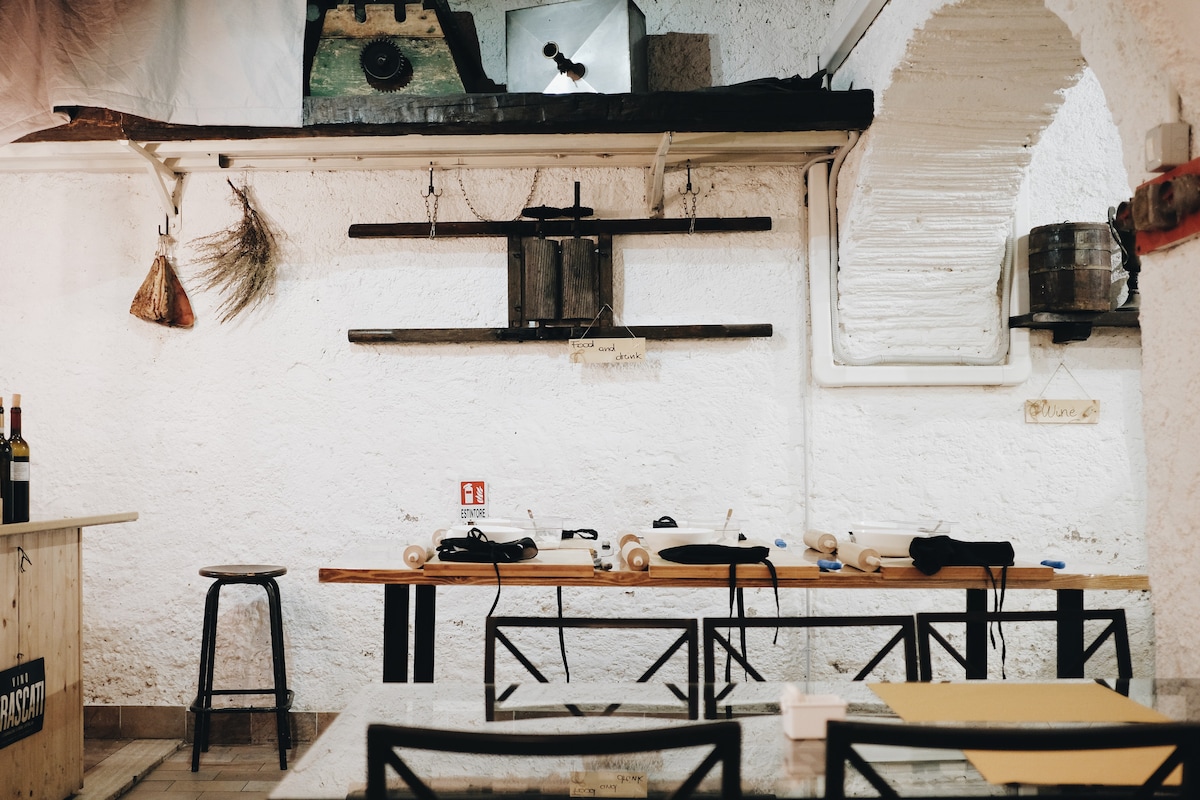
Pasta-making class, wine tasting and dinner
Sun, Jan 11 • 10:30 AM
00044, Frascati, Lazio, Italy
View details

Pasta and Pizza cooking class with wine and more
Tue, Jan 13 • 10:30 AM
00142, Rome, Lazio, Italy
View details
Nearby restaurants of St. Peter Square Obelisk
Ristorante Pizzeria Castello
Ristorante Da Marcello
Ristorante Pizzeria Marcantonio
Scialla The Original Street Food
Ristorante Arlù
Satiricus Ristorante Pizzeria
Pizza Zizza
Pastasciutta
Ristorante Trattoria Da Marcella
Restaurant "La Vittoria"
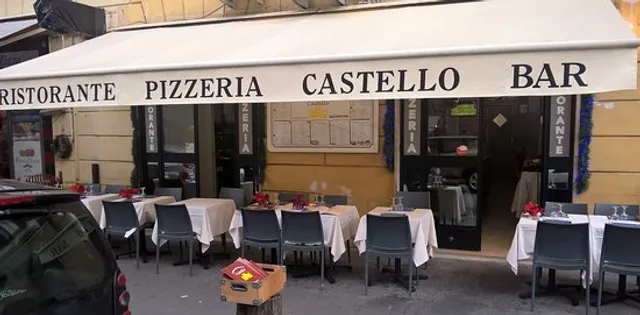
Ristorante Pizzeria Castello
4.7
(6.1K)
Closed
Click for details
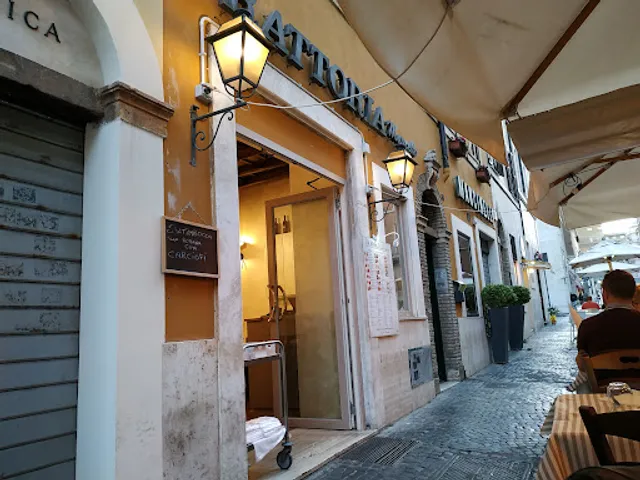
Ristorante Da Marcello
4.5
(2.3K)
Closed
Click for details
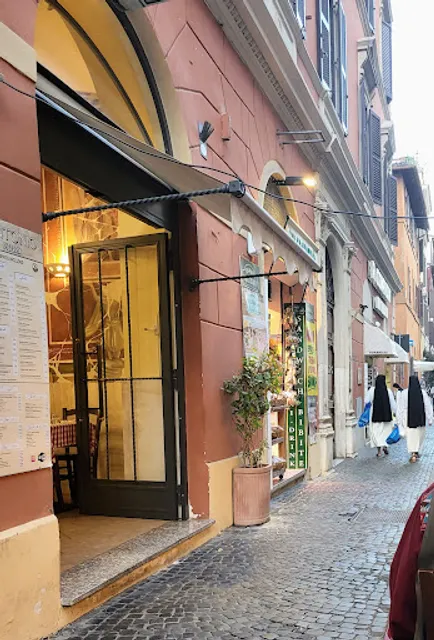
Ristorante Pizzeria Marcantonio
4.6
(3K)
Closed
Click for details
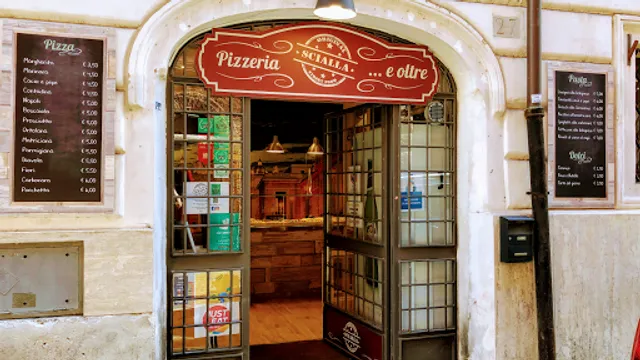
Scialla The Original Street Food
4.7
(1.1K)
Open until 12:00 AM
Click for details


